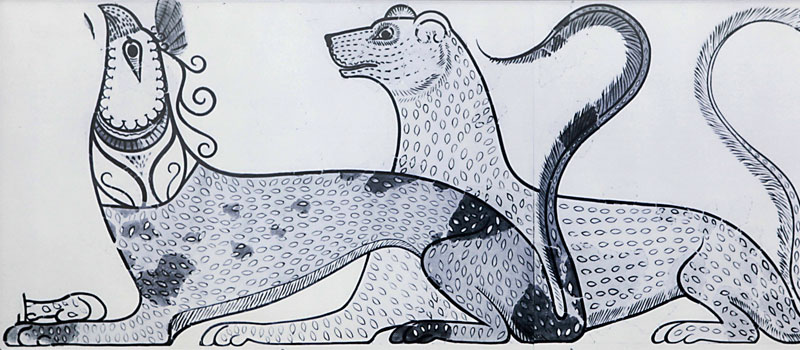
The Throne Room and the Griffin
The palace of ancient King Nestor is situated on the hill of Epano Englianos. Quite recently, it was outfitted with new roof protection and hanging vestibules. Its discovery is considered a major archaeological breakthrough and the excavation brought to light the best well-preserved palace of the Mycenaean era, albeit ravaged by a fire not far from 1,200 BCE. Archaeologist and head of the expedition Prof. C.W. Blegen was still in a state of doubt as to whether the palace was King Nestor’s until the palace’s most important room was discovered: The Throne Room. King Nestor’s palace is a complex of various buildings and over 100 ground-floor chambers. Its northeastern part comprises the wine, olive oil, and wheat storage rooms. The Throne Room with its great ceremonial circular hearth made of clay, a royal bath chamber with a clay tub, along with a number of additional chambers for storage of vessels are considered the palace’s most important quarters. A heraldic composition of two griffins decorated Nestor’s throne. The griffin was a creature of legend with the head and wings of an eagle and the body of a lion. Myth has it that the griffin guarded only treasures and priceless possessions. It has been used as a symbol of divine power by many civilizations. In medieval times, Christendom saw it as a symbol of the dual (human and divine) nature of Jesus. Nestor Winery, whose architectural design is along the majestic lines of the ancient palace, has the griffin as its emblem on its wine labels, an emblem that stamps the winery’s potential. The finds from the palace’s excavation are on display at the National Archaeological Museum, Athens, as well as in the Archaeological Museum of Kalamata.

